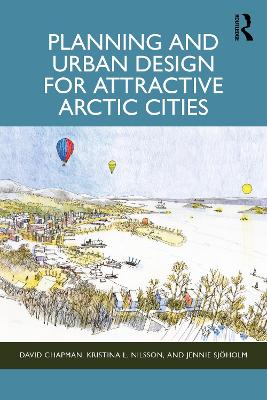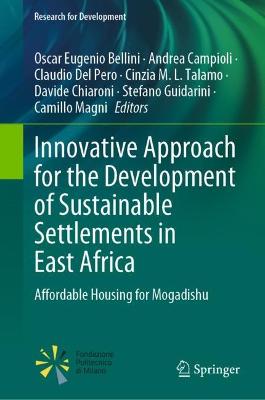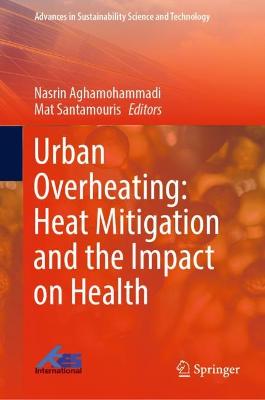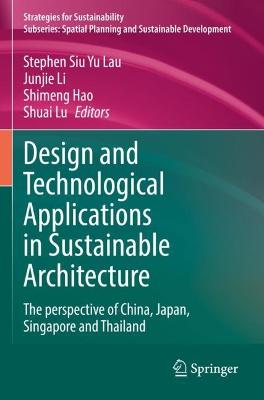Routledge Companion to Smart Design Thinking in Architecture & Urbanism for a Sustainable, Living Planet
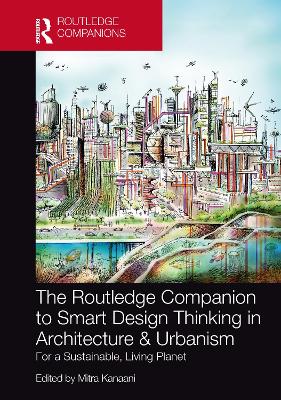 portes grátis
portes grátis
Routledge Companion to Smart Design Thinking in Architecture & Urbanism for a Sustainable, Living Planet
Kanaani, Mitra
Taylor & Francis Ltd
11/2024
706
Dura
9781032469904
Pré-lançamento - envio 15 a 20 dias após a sua edição



